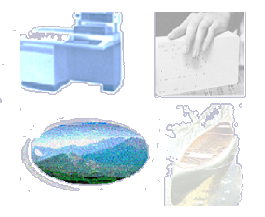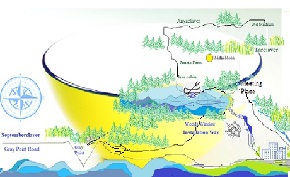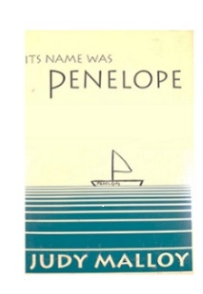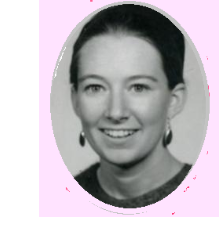
Hypertext and Generative Electronic Manuscripts and Environments
 :"...readers reading in the hypertextual environment are engaged in a 'reflexive body writing' characterized by moments of textual embodiment (pattern) as well as disembodiment (randomness) as they trace their own unique path through the weave of multiple texts." - Jaishree Odin, Modern Fiction Studies
:"...readers reading in the hypertextual environment are engaged in a 'reflexive body writing' characterized by moments of textual embodiment (pattern) as well as disembodiment (randomness) as they trace their own unique path through the weave of multiple texts." - Jaishree Odin, Modern Fiction Studies
All works are designed to run on laptop or larger computers.
New: Hunting and Gathering in Cyberspace,
Premiered at the Electronic Literature Conference,
Toronto, Canada, July 2025; Honorable Mention: The Robert Coover Prize for a 2025 Work of Electronic Literature.
Arriving Simultaneously on Multiple Far-Flung Systems
 a matrix of constantly changing narrative fragments...Its disjointed interface and
narrative structure mirror the technology of the time, when stacks of punch cards were
used to input data and gaps or alterations in the sequence of cards would lead to
unpredictable results. Roman Kalinovski, Arcade.
a matrix of constantly changing narrative fragments...Its disjointed interface and
narrative structure mirror the technology of the time, when stacks of punch cards were
used to input data and gaps or alterations in the sequence of cards would lead to
unpredictable results. Roman Kalinovski, Arcade.
Click on the icons to generate text from the dataset
 The Yellow Bowl got at something about the simultaneous tracks of a mental life, and
about how our memories and ideas, fictions and physical realities all ping off one
another; about how the past and the present, the read and the imagined, can coexist in
our minds in an exceptionally vivid way, and indeed be in dialogue with each other and
influence our actions from moment to moment every day. Emily Short, Interactive
Storytelling
The Yellow Bowl got at something about the simultaneous tracks of a mental life, and
about how our memories and ideas, fictions and physical realities all ping off one
another; about how the past and the present, the read and the imagined, can coexist in
our minds in an exceptionally vivid way, and indeed be in dialogue with each other and
influence our actions from moment to moment every day. Emily Short, Interactive
Storytelling
Generative Environments
The Fabric of Everyday Life a work of aleatoric poetry, that explores both the creative possibilities and the "big brother: overtones of ubicomp technologies.
"...The poem, which appears on the screen, is recombinant in that it assembles in different formations when the reader clicks the line 'play the windchimes again?' The lines regroup but also refresh (different lines appear with each refreshing while some also recur but in a different order. This produces a new poem each time which is nevertheless related to other iterations)...." - Hazel Smith, William Carlos Williams Review
"merged with the screen for days" -- an aleatoric environment composed with the details of life during the COVID pandemic.
in progress
In this work, created online in a three-part structure but easily converted to print, Art School Adjunt Professor, Caydance O'Brien explores a boarded-up studio that belonged to a Missng in Action World War II soldier, while week by week, her husband -- former NFL Wide Receiver, NCAA Division III Coach Griff McGuire, confronts a different college football opponent.
Classic Hypertext Narratives
"Form and content achieve a near-perfect suture in the first selection in the Eastgate Web Workshop: Judy Malloy's lOve One..." - Rita Raley, Postmodern Culture (PMC)
l0ve0ne (1994) was the first work in the Eastgate Web Workshop. In this seminal web-based hypernovella -- of Xreality, changing identities, physical computing, robotic Pinocchios, Rajput miniatures that morph into parallel narratives, barns full of old computers, and country western songs on German radio -- an American writer on Holiday in Germany and France is immersed in an underground world of European hacker-artist culture. With the enchanting name of k0cHack0g0s, l0ve0ne has been translated into Polish by Mariusz Pisarski and Zuzanna Grochulska.
"Notes on the Creation of its name was Penelope"

its name was Penelope, Eastgate Systems, 1993
"Penelope's compounded, disjunctive structure corresponds with and seems to arise from
the narrator's restless splitting off of attention, under the opposed attractions of sexual
and esthetic desire.....The analogy between the on-screen texts of Penelope and
sequences of photographs prompts the reader's reflection up on the nature of each medium...the words of a text screen float on a motile surface, poised for instantaneous
change into another, not fully predictable writing." - Barbara Page, Postmodern Culture
web version of the 1990 Narrabase Press/Art Com edition
Uncle Roger
BASIC and UNIX versions: 1986;
Web version: 1996
Judy Malloy,
"Uncle Roger", an Online Narrabase", in "Connectivity: Art and Interactive Telecommunications", Leonardo 24:2, 195-202.
The story that emerged from the fragmented records was unlike almost any that had previously been told on a computer: more literary, free of genre trappings, concerned with people and emotions more than objects and actions, and strongly tied to the time and place of its creation. Set in the Silicon Valley of the early 1980s—when hardware, not software, was king..." -- Aaron Reed, 50 Years of Text Games
"Part of what has made this such an endearing and enduring work is Malloy s instinct
for structure and humor, pacing and plot. She chose to write a fragmented story about
non-linear and associative things: parties, dreams, human interactions, food, the comings
and goings of a cat, and more. She populated this world with a few memorable
characters, but none more so than Uncle Roger himself... Leonardo Flores
